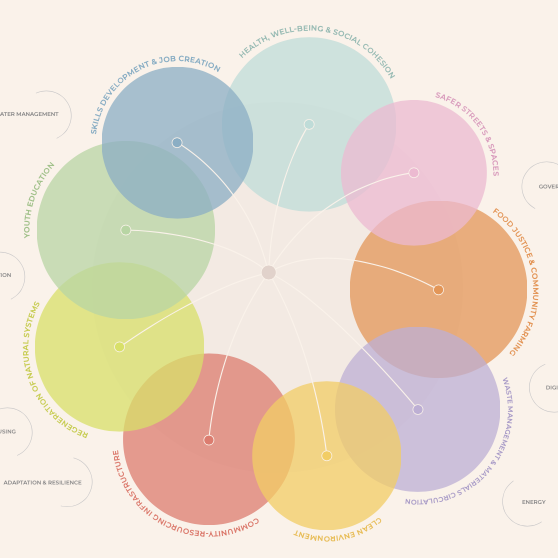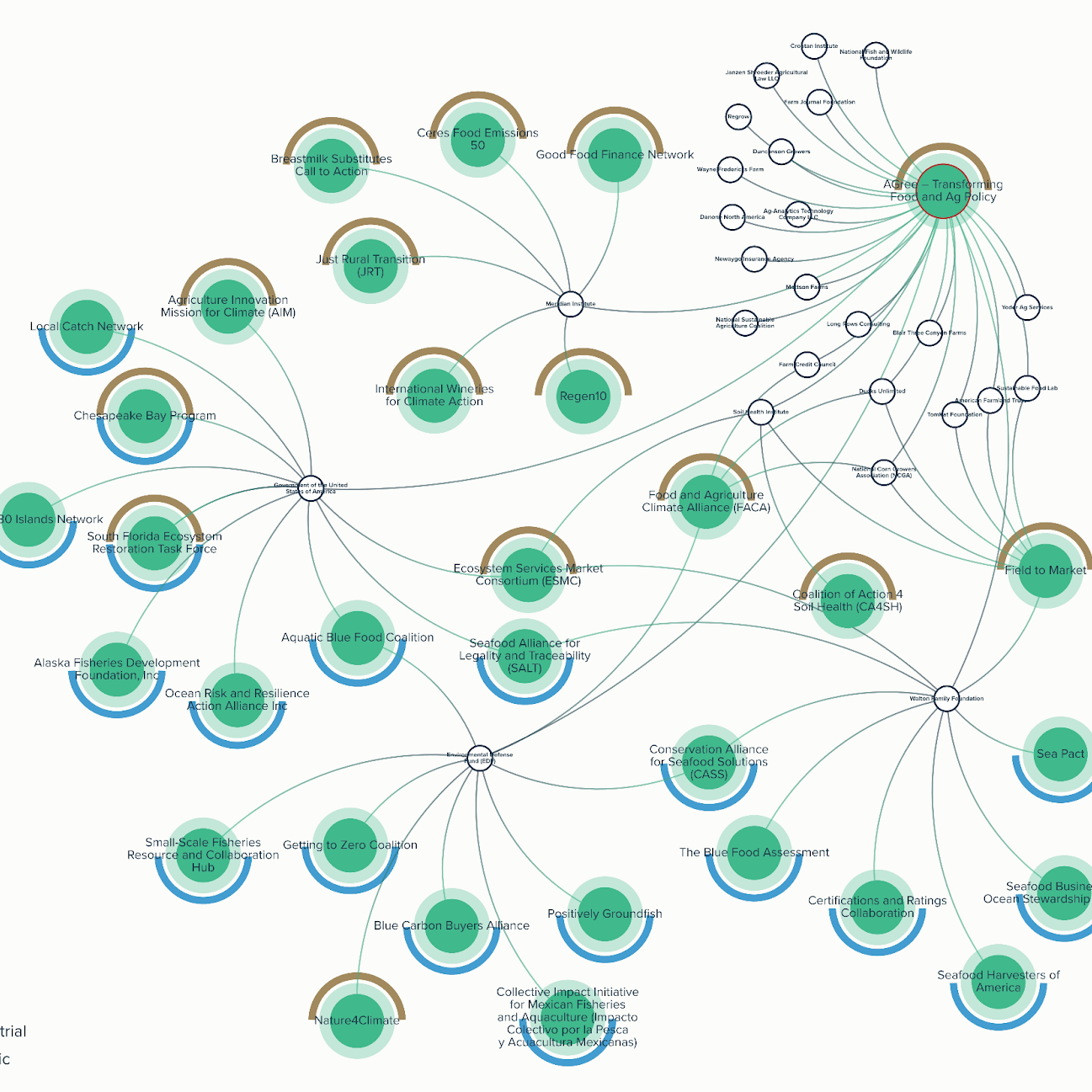Because networks often engage many people, some of whom are only occasionally involved, it is harder to track the impact of the network. One solution to this might be the use of a technique called Ripple Effect Mapping.
Historically this process was done during a face-to-face session but I believe it could also be done virtually using a mural.co whiteboard and virtual PostIt notes.
The first step is to identify the scope of the mapping. Are you identifying impact of all of your network’s activities or only a specific initiative such as an Innovation Fund?
The next step is to gather information. This is generally done at a convening, though that convening could be a zoom.us session. People are put into twosies (if virtually, they are moved into breakout rooms of two people). The twosies are given a framing question or questions:
- How has (this activity, this network) made a difference in your work, your community or yourself?
- Have you seen unexpected results?
Each person in the dyad interviews the other and records the answers.
The group reconvenes in a large group. Each person then shares their story (with the partner adding details as needed).
Then there is a second go around where people answer the questions:
- What happened as a result? And, what difference did it make?
- Did you see this type of activity spread throughout your community, to other communities, to other networks?
- Was it modified in any way?
The answers to these questions can be added as additional ripples.
Here is an example of a map:
Once the map is completed, the group is encouraged to notice all the impacts and celebrate! The map can then be converted into lists of impacts to be shared with funders or the public.
Several resources that I found helpful in learning about ripple mapping are:
If you use this process, please share the results with us in the comments section below.
Featured image by Joe Vickers



